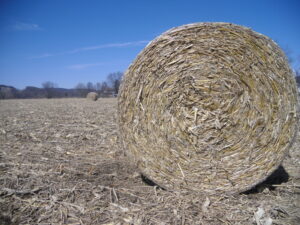During prolonged droughts, rabies cases in the wild (raccoons, skunks, foxes, bats etc.) and in feral cats and dogs is known to increase compared to prior years. As the holiday weekend ensues, and many are going to campgrounds and parks and visiting friends out of town, be alert to the presence of rabies in multiple counties in Pennsylvania and New Jersey and take precautions to not be bitten. If a wild animal actively chases you, do not let the animal bite you.
Livestock can and do get rabies. Cases of reports in cattle have occurred in Pennsylvania in 2022. In their March report, two cows and a horse tested positive for rabies in the state. In the last eleven years, twelve horses have tested positive for rabies in New Jersey.
2022 NJ reported rabies cases by counties link: https://www.nj.gov/health/cd/documents/rabies_stats/rabcases2022.pdf
https://www.nj.gov/health/cd/statistics/rabies-stats/
2022 PA reported rabies cases by counties. This map is from March 2022. Because in the course of a month, there has probably been a positve report of rabies in every county in Pennsylvania, assume rabies is present (still circulating in wild animals) in the county in September of 2022. https://www.agriculture.pa.gov/Animals/AHDServices/diseases/Pages/Rabies.aspx
If you are bitten by any wild animal or feral animal or even a domesticated pet or livestock, it is recommended that you:
- Report to the local police so they are aware.
- If a wild or feral animal, also report to Game-wildlife regional office.
- Go to the hospital and fill out a public health notification form. This form notifies the state public health office, and a nurse will call you to advise you of the rabies monitoring period and treatment protocol.
- Notify your local doctor as soon as possible.
- Also, call your state reporting number so that the record of the attack is logged in their database.
Pennsylvania hotline: (717) 772-2852 / ra-ahds@pa.gov
New Jersey hotline: Contact the NJ Public Health and Environmental Laboratories, Rabies Laboratory: via email: rabies.PHEL@doh.nj.gov or. via telephone: (609) 530-8416, 671-6418 or 671-641.
 Here is a checklist of questions to ask and sellers to answer to ensure the fodder purchased is fit for livestock consumption and priced accordingly.
Here is a checklist of questions to ask and sellers to answer to ensure the fodder purchased is fit for livestock consumption and priced accordingly.